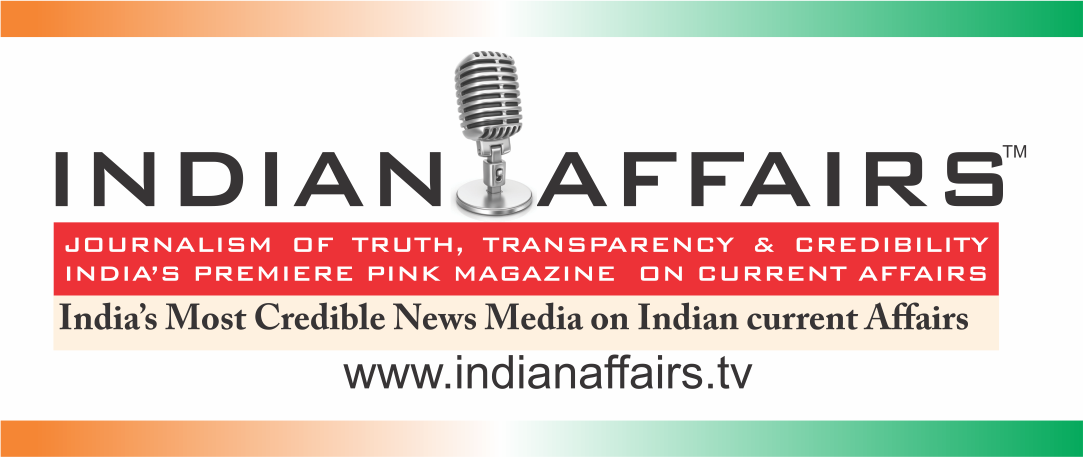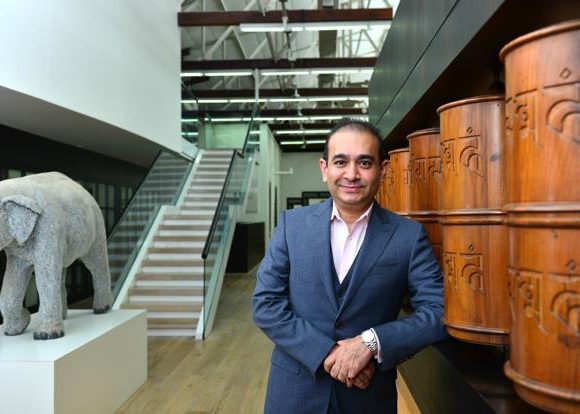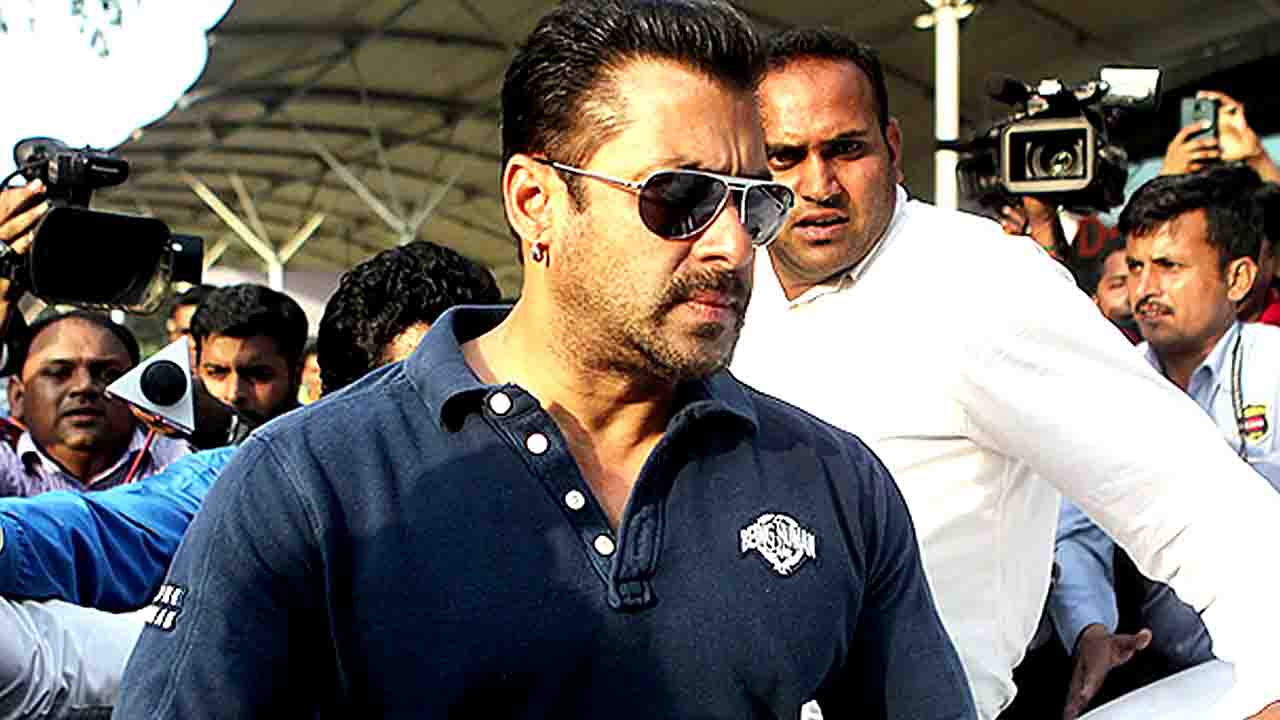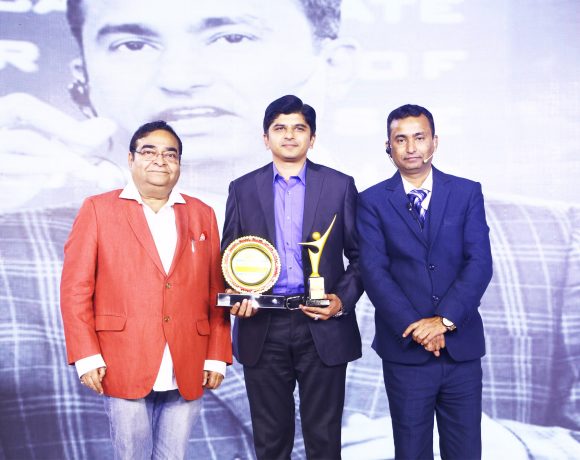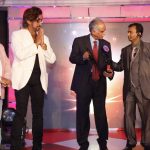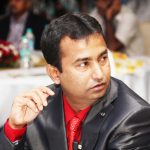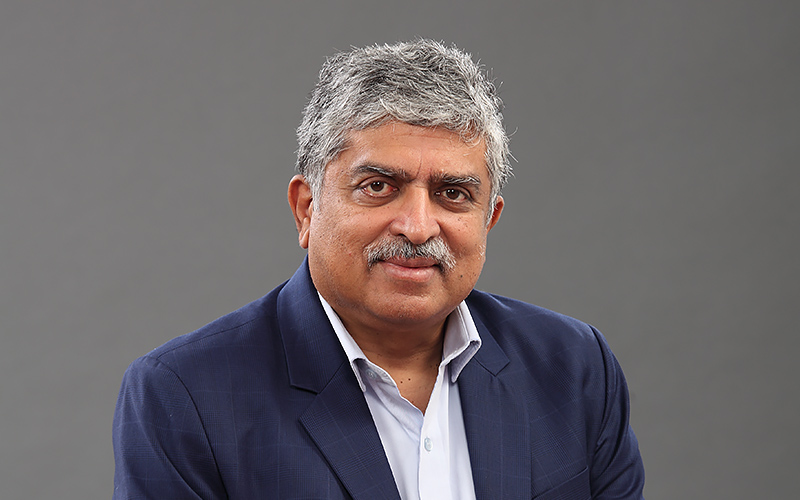

How do you prove you really are who you say you are? In the U.S. and many rich countries, that’s easy. We have many ways to prove our identity: a birth certificate, a driver’s license, a Social Security card, or a passport.
But imagine for a moment that you are one of the estimated one billion people in the world—most of them among the poorest and the most vulnerable—who have no official identification. No birth certificates. No official ID documents. Nothing.
Without a way to prove who you are, you would face huge problems going to school, seeing a doctor, receiving government services, getting a bank account, finding a job, traveling across a border, or having access to many other rights and services most of us take for granted. Without an ID, you would be nameless in the eyes of the government and largely ignored.
For the last decade, Nandan Nilekani has been working to make these “invisible people,” as he calls them, visible by giving them access to official identification. One of India’s leading technology entrepreneurs, Nandan joined the government of India to lead the launch of India’s national biometric ID system, which uses fingerprints and other biological traits to verify the identities of the country’s more than 1.3 billion residents. This ID system, known as Aadhaar (Hindi for “foundation”), is the world’s largest biometric identification system and has become a valuable platform for delivering social welfare programs and other government services.
Now, Nandan is working with the World Bank Group to help other countries build their own digital identification systems. Advances in biometrics, data management, mobile phones, and other technologies are making it possible to provide people with a verifiable digital identity simply, quickly, and securely. At the same time, there is growing awareness in the global community that with a proof of ID, the world’s poorest people have a powerful tool to be seen, heard, and improve their lives. Giving everyone access to a legal identity is one of the targets of the Global Goals. And more donors, including the Omidyar Network and our foundation, are supporting efforts to achieve this goal.
I first met Nandan more than 20 years ago when he was working to grow Infosys, a technology and consulting corporation he co-founded. I was impressed by him then and continue to be amazed by how he has lent his entrepreneurial passion to philanthropy and public service over the years. (With his wife, Rohini, Nandan also co-founded the EkStep Foundation, which seeks to improve education.)
Nandan’s early thinking about the importance of identification was sketched out in his bestselling book, Imagining India, which explores India’s potential to bridge the gap between rich and poor as it undergoes dramatic economic growth. Verifiable IDs, he predicted in 2008, would be transformational for India’s poorest people. By acknowledging the existence of all its residents with a national ID, he said, the government would be compelled to improve the access and quality of all its services that can uplift the most vulnerable people.
At the time, the government of India was in the process of planning a unique national ID system. In 2009, Nandan was tapped by the government to turn this vision into reality. No one had ever tried to create a digital identification system on this scale before. His team was tasked with gathering fingerprints, iris scans, and a photograph for more than one billion residents of India. Each person who signed up was issued a unique 12-digit identification number that could be used along with their biometric information to prove their identity. This system ensured that someone’s identity could not be faked or duplicated, which had been a common problem in India’s largely paper-based government social welfare programs.
A decade later, Aadhaar has enrolled nearly all residents of India. With a trustworthy system to verify identities of beneficiaries for everything from pensions to food subsidies, the government has been able to save billions of dollars because of reduced fraud and corruption.
Of course, India’s ID system has not been without controversy. There were many privacy concerns, including criticism that the Aadhaar system was a mass surveillance tool and that personal data would be misused. Last year, a landmark decision by the Supreme Court of India found that the program did not violate the privacy rights of the country’s residents. But in order to prevent misuse use of personal data the court placed tight limits on how the ID system could be used and shared.
Nandan stepped down from his government post in 2014. But he continues to lend his voice, both as a writer and speaker, to improve access to digital identification for the world’s poorest people. And as an advisor to the World Bank, Nandan is sharing his experience with Aadhaar to help other countries design and roll out their own digital identification programs.
While progress is being made to launch more identification systems, many people around the world still lack identification of any kind. According to the latest estimates by the World Bank, there are one billion people in the world without an official proof of identity, including 45 percent of the population in sub-Saharan Africa and 17 percent of South Asia’s population.
Bill Gates*
